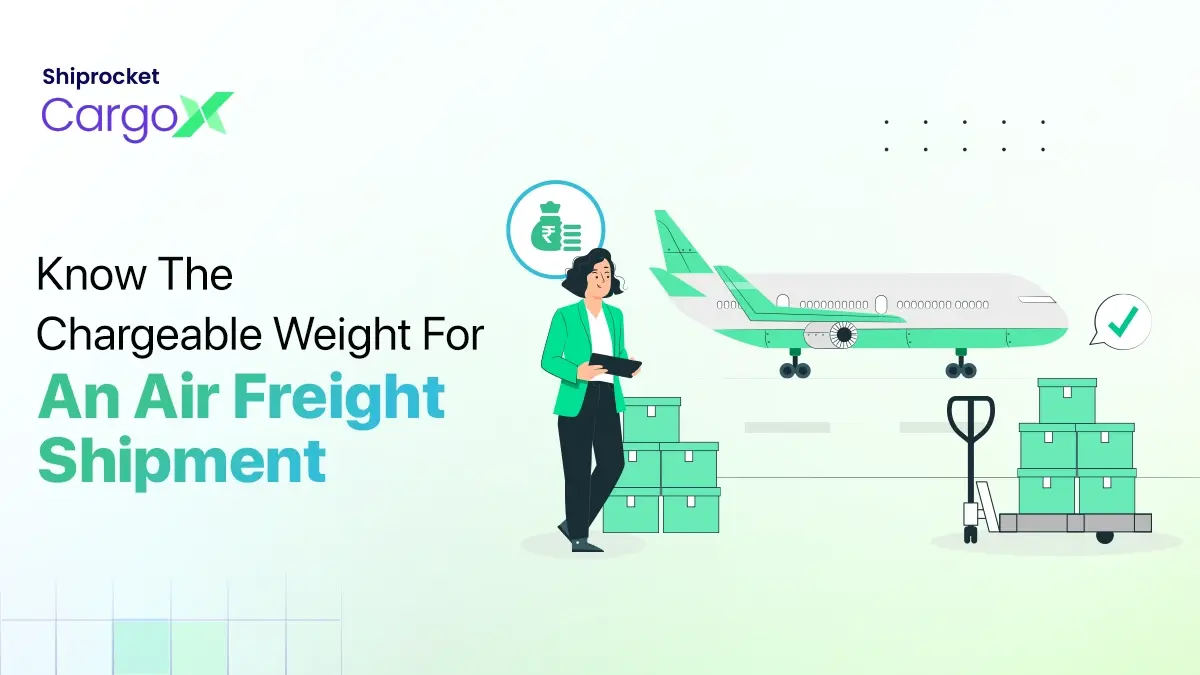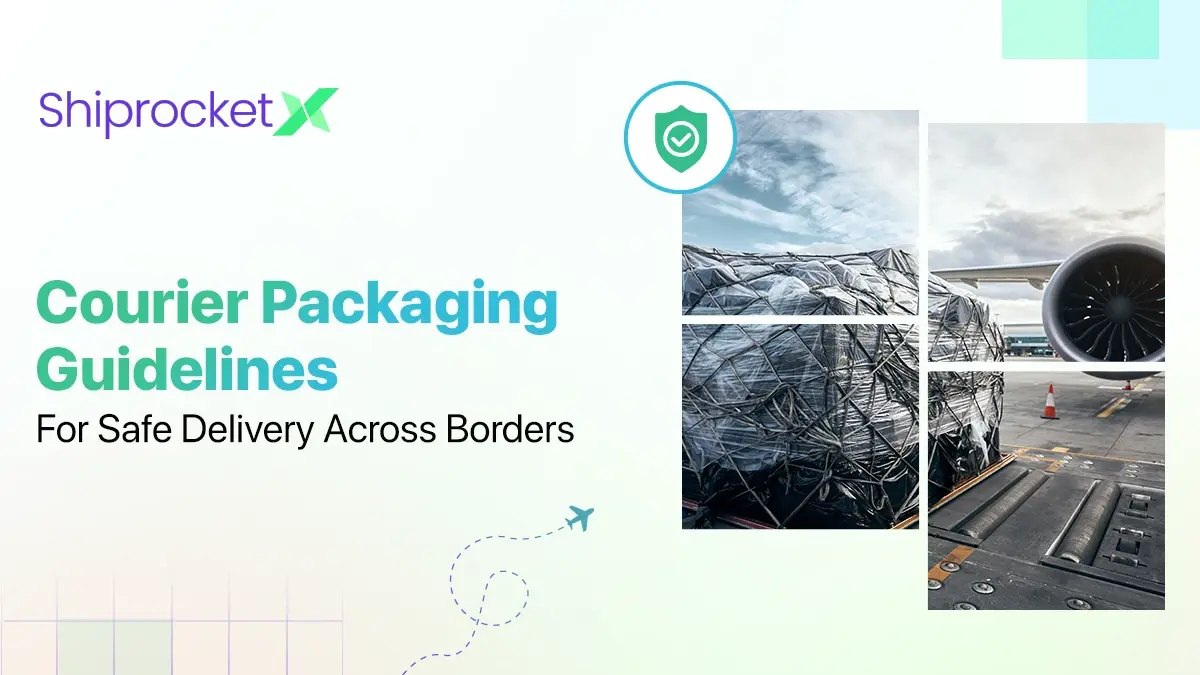Managing an eCommerce Business: Sell Online on Your Virtual Store
- Start Your Online Business and Explore New Markets: Guidance for Beginners
- 1. Identify Your Business Area
- 2. Conduct Market Analysis
- 3. Figure Out Your Target Audience
- 4. Decide on the Products to Sell Online
- 5. Create a Brand Identity For Your Business
- 6. Develop Your eCommerce Website
- 7. Alternatively, Choose a Sales Channel
- 8. Set Up Multiple Payment Options
- 9. Arrange Logistics Partner
- 10. Market Your Products
- 11. Keep Enhancing Your Services
- Tips For Selling Online Products:
- Conclusion
The number of online shoppers in India is around 185 million. This number is expected to increase to 427 million by 2027. The eCommerce market in India is projected to reach 350 billion USD by 2030. As a businessman interested in an eCommerce venture, you need to understand the significance of these statistics. With eCommerce businesses and the availability of the internet, new entrepreneurs can connect with a global audience easily, no matter the size of their business. They can attract more customers, pivot into new verticals, and boost the sales of their existing business.
As easy as all this might sound, starting a new business, whether offline or online is always a challenge. To run an online business store successfully, you must address the challenges like store setup, marketing strategies, logistics, and more. We have compiled a detailed guide for new entrepreneurs like you to easily launch, efficiently manage and seamlessly expand your eCommerce business.

Start Your Online Business and Explore New Markets: Guidance for Beginners
If you’re planning to start your online business, here’s a step-by-step guide
1. Identify Your Business Area
You can sell three different types of offerings to your customers. These include products, services, and media. It goes without saying that products are tangible items, while media and services are intangible objects. Media and services are those your customers can interact with. Regardless of the type of offerings your business is selling, you can sell it on your website, online marketplaces, or social media.
Various services are offered to eCommerce businesses by professionals in particular niches. For example, a logistics company like Shiprocket will offer customers different supply chain services. These can include warehousing, same-day delivery, hyperlocal delivery, B2B and bulk shipping, eCommerce shipping, and more. Service can be also offered virtually. For instance, a content marketing agency offers several services, including content marketing, strategy, copywriting, etc.
Lastly, you can sell media to your customers. However, you’ll need a specific skill set and knowledge to get into the niche. For example, videos, podcasts, e-books, and workshops are some of the most popular types of media products sold online.
2. Conduct Market Analysis
Conducting preliminary research is key before starting a new online business venture. Gathering all the right information before entering your target market will help you understand the undertaking you are in for. It helps you analyse the type of demand your products will have and whether you must improve certain aspects of your business model. While speaking about demand, consider:
- Demand rate of your product and its know-how
- Understanding where your target lies and who you must find
- What kind of pricing would suit your products
You must also consider your competitors to understand how you must operate and where to find more customers. You can also find an online specialist to consult with regarding the same.
Understanding how much traffic you will get and what you can do to gain more traction will also be another finding from the research. Moreover, you will also understand the services or products your competitors sell, their customers, their pricing ranges, and their approach to their business.
You can also use tools powered by AI or SimilarWeb to get information relevant to the competitor’s traffic, the other players in the niche, target markets, target audiences, and other related aspects.
3. Figure Out Your Target Audience
Once you have figured out what you want to sell at your online store, the next step is to identify your target audience. Your target audience is a group of people towards whom you aim your sales and marketing efforts.
You can classify your target audience into different categories according to demographics, location, interests, and purchase intents. Now, let’s see how you can identify them for your eCommerce business.
Firstly, you must analyse the demographics and psychographics of your target customers. Demographic data is easy to collect and understand, while psychographics require a deeper understanding of your niche audience. Demographics will tell you your potential customer’s age, gender, location, race, etc. You can use psychographic data to learn about their lifestyle choices and online behaviour.
Referring to your competition and analysing their target audience will help you segment the target audience for your own business. You can also use social media and surveys to your advantage. To figure out who wants to buy your products or services, you’ll have to speak with them directly, ask them what kinds of products they buy, why they prefer a particular brand over another, etc.
4. Decide on the Products to Sell Online
Deciding on what to sell can be tricky, given the wide range of products offered in the market today. Follow these steps to make a decision:
- Identify and solve a customer’s pain point: Identifying a customer’s pain point can be tedious but worthwhile while trying to begin a business. You can help bridge the gaps of the customer’s pain by selling them a solution to address their problems.
- Targeting out hobbyists and enthusiastic creators: People are more likely to invest in products they want. This can be an important qualifier to evaluate how a product will perform in the market. Moreover, it could also include greater engagement levels and loyalty to the brand. For instance, painters and artists seek stain-proof clothing to avoid degrading their clothes. Creating products with such materials can be a success in that niche.
- Capitalise on trends: Recognising trends early can help you largely establish your brand. It enables you to carve out your place in the market. And with the nature and brilliance of digital marketing combined with other SEO strategies, you can sell more and increase the traffic to your online store. Ensure you do not confuse trends and fads.
5. Create a Brand Identity For Your Business
Once you have the idea and the product in place, you must create a business plan and an identity for your business. The business plan will act as your guide. It will contain the business strategy, the route to achieve the goals, the necessary resources, and more. Any good business plan includes the following:
- Good executive summary
- Description of the company and the brand
- The goals and targets
- Management structure and workflows
- Products and services
- Marketing strategy and sales plan
- The financials and funding needs
- The projects and targets for the near future
Your brand speaks to the world about who you are. Choosing the right name and identity is crucial in creating a good impression on your target. Ensure that you do not infringe on any existing name while picking one.
6. Develop Your eCommerce Website
A website is a must if you want to start an eCommerce business. Today, creating your website has become quite easy. It’s possible you don’t want to build your website from scratch, as it can be time-consuming. You might also have to spend a lot of money hiring a professional website developer to do it for you.
As the saying goes, time is money. And, there are options available that can help you save both. Platforms like Shopify, Wix, WordPress, etc., let you easily create your eCommerce website. These platforms offer customisable templates, which you can customise to match your brand specifics, the types of products or services you are selling, etc. But, sometimes choosing the right platform to build your eCommerce website can be a difficult task. You should consider the following factors to pick the right platform:
- The type of customisable templates you get to build your eCommerce website
- Check whether the platform allows you to sell unlimited products, whether physical or digital. Some platforms even charge a listing fee and commission for every sale you make.
- Compare costs for multiple platforms and see which one fits your budget. You must also make sure if there are any additional or hidden charges.
- Consider the ease of use and the level of learning it might require to get used to
- Ensure it offers cloud functionality, and you can access it from multiple devices
- Check security features and payment methods
- Assess integrations and extensive app store add-ons offered
7. Alternatively, Choose a Sales Channel
Various sales channels are a great way for businesses to experiment with multichannel selling and find potential customers. With several sales channels available, you can do just that and more. You can focus on one or two sales channels or you can pick a combination of sales channels that works best for your business. Online marketplaces, retail and wholesale stores, social media platforms, etc., are some of the most popular sales channels.
But, you can’t just pick a random combination of sales channels. It must depend on a lot of factors. For instance, it will mostly depend on what you’re selling and where your customers like to shop. Other factors that will influence your choice of sales channel include what other businesses in your industry do and the cost you’ll incur for selling on a particular sales channel.
8. Set Up Multiple Payment Options
All eCommerce payments happen on the Internet, but it doesn’t necessarily mean that they all happen in the same way. Debit and credit cards, digital wallets, bank transfers, and BNPL (buy now, pay later) are some of the most popular eCommerce payment methods. Some businesses may also offer cash on delivery (COD), prepaid cards, and even allow you to make payments via cryptocurrency.
Now that you know about the types of eCommerce payments, let’s see how these payment methods work. An easy way to summarise it is that there are three elements involved in the process. These are payment gateways, processors, and merchant accounts.
Payment gateways are the bridge between your website and payment processor. Your customers will enter their payment information here. Payment processors pick this information, verify whether the customer has funds, and send the money to your merchant account. Once the payment is processed, your merchant account will receive the money.
Choosing a payment method must be done carefully, keeping these points in mind:
- Customer preferences
- Compatibility with the eCommerce platform
- Transaction fees
- Security and data protection
- Fraud prevention
- Geographical location of your customers
9. Arrange Logistics Partner
Logistics partners are crucial to complete an order. They play a vital role in the execution portion of eCommerce businesses. You can employ different types of logistics partners to deliver and complete customer orders.
Logistics partners also offer solutions like inventory and warehouse management to make this process easier. They also enable you to track and monitor where your package is at all times until delivery. Employing the services of a 3PL partner can help you largely by alleviating the burden of several logistics processes. Ensure you choose the one suited for your business and fits your budget.
10. Market Your Products
Marketing your products will help you increase your sales. Creating and deploying a good marketing plan will help you create your brand’s voice. Here are the four stages of any marketing plan:
- Awareness is crucial when you want people to interact with your brand and the products.
- When customers have a pain point, target customers might think that you are the perfect solution to their issue. Hence, they begin expressing an interest in your brand.
- Upon expressing interest, you must prove that you are the best in the market to provide the right solution to their problem.
- The way of marketing and theme to market your product is taken in the action step. You come up with a thorough marketing strategy during this phase.
With the rise of digital marketing, you can also take this path to ensure maximum reach. You can consider paid advertising, email marketing, blogging, video marketing, and more.
11. Keep Enhancing Your Services
Continuous improvement is necessary to keep your customers engaged. You can explore personalised marketing strategies to keep your consumers happy and provide more interactive services. You can even have message boards and surveys to understand what your customers expect from you and what they look forward to. Providing top-notch customer service is also one of the best ways to keep your customers satisfied. Resolving their queries as soon as possible should be your priority as a business owner. After-sales services can also help you enhance your customers’ shopping experience.
Tips For Selling Online Products:
Here are some tips that will boost your product sales online:
- Create an organised and streamlined website that is interactive
- Post interesting and engaging content that grabs the attention of your potential customers
- Use SEO tools and strategies to make your website rank higher on the search engine
- Use pay-per-view advertisements to achieve greater reach
- Be active and post regularly on social media platforms
- Reach out to your old buyers and provide them with some incentives or rewards to shop from you again
- Understand why you encounter cart abandonment
- Create a personalised online shopping experience accompanied by brilliant consumer service features.
- Speak about the brand without making it only about your business
- Incorporate multiple payment options
Conclusion
Starting an online business shouldn’t be as much about you as it should be about your customers. It should be about creating a seamless, customer-centric experience that fosters trust, drives sales, and establishes brand loyalty. Your online store is an extension of your brand. Thus, every touchpoint, from product discovery to checkout, should reflect your commitment to exceptional customer service.
It’s essential to adjust your eCommerce strategy to meet changing market trends continually. Analyse customer data regularly, adopt state-of-the-art technology and maintain a proactive approach. The effectiveness lies in integrating a data-driven approach, with a continuous emphasis on customer satisfaction. It’s the catalyst for discovering the full potential of your online business within the always-changing eCommerce landscape.
The three Cs of eCommerce are content, community, and commerce. These are the fundamental pillars of eCommerce since content builds a community that facilitates commerce.
Yes, anyone can start an eCommerce business by creating a solid business plan, identifying your target audience, leveraging social media to promote your brand, using eCommerce tools, and delivering a stellar shopping experience.
Effective eCommerce management involves strategically planning, executing, and overseeing all activities you will be performing while running your eCommerce business. This ensures success in attracting and retaining customers.





